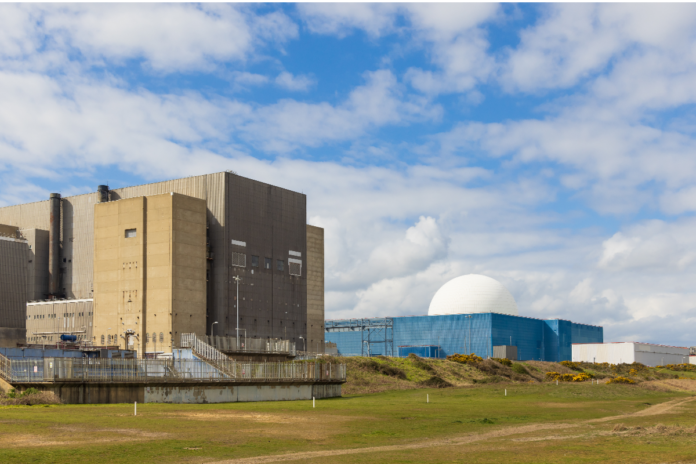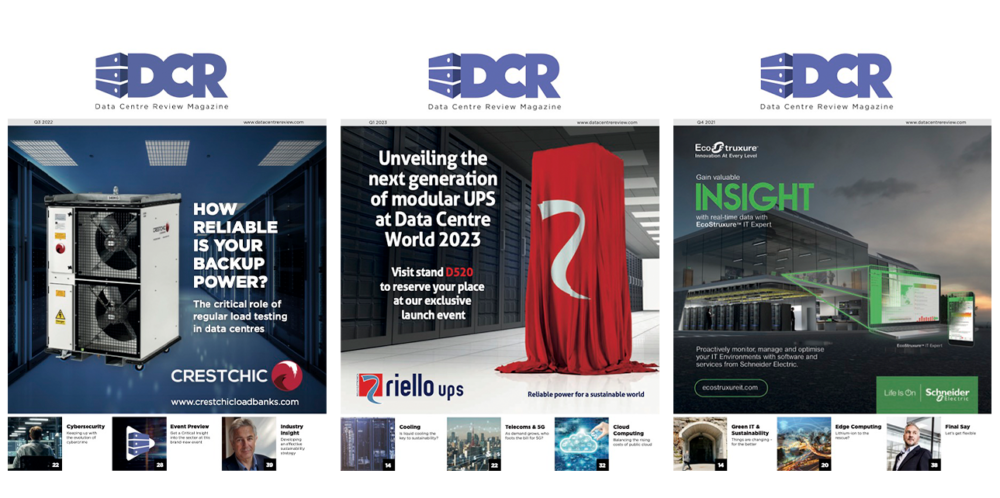Amazon has called for the UK to accelerate the rollout of new nuclear power stations if it hopes to keep pace with the AI boom that will see electricity demand from data centres soar over the coming decade.
The world’s largest cloud-computing company has earmarked £8 billion for fresh UK data-centre capacity by 2028, but AWS Chief Executive Matt Garman told the BBC that future sites will need “an excellent source of zero carbon, 24/7 power” – something he says nuclear can uniquely deliver.
“It’s something we plan many years out,” he said.
“We invest ahead. I think the world is going to have to build new technologies. I believe nuclear is a big part of that, particularly as we look 10 years out.”
Why nuclear?
AWS already funds more than 40 wind and solar projects in Britain, making it the single largest corporate buyer of renewable energy worldwide. Yet the intermittent nature of wind and solar means additional firm, low-carbon capacity is required as AI workloads multiply.
A typical hyperscale data centre now draws as much electricity as a small town, and the UK’s fleet already accounts for 2.5% of national power demand. That’s before the power needed for AI’s growth is factored in, with National Grid CEO John Pettigrew recently warning that the UK data centre industry is set to require six times the amount of power that it consumes today by 2035. That comes at a time when the UK is trying to reduce the carbon emissions from generating electricity.
The UK Government has already factored in the need for more nuclear generation to power future AI data centres, with it vowing to make the construction of nuclear projects easier. This mostly targeted the construction of small modular reactors, which should be quicker to build than large scale nuclear power plants, like Hinkley Point C, while also taking up less space and costing far less.
AWS and Google have already signed agreements to build SMRs to power their data centres in the US, and it’s only a matter of time before the first agreement is signed in the UK. Microsoft, meanwhile, has gone a step further. It signed a 20 year deal in 2024 to reopen Three Mile Island, a nuclear power plant that was the location of the worst nuclear disaster in US history.
Despite the site’s troubled past, Micorosft is hoping the site can help deliver clean power to its data centres, and stresses that the restarted reactor is next to, but ‘fully independent’ of the unit that had been involved in the disaster.
For the UK, whether through large reactors at sites such as Sizewell or the promised new wave of SMRs, the Government faces mounting pressure from both the data centre industry and investors to firm up a nuclear roadmap that keeps Britain’s data-driven economy switched on.



